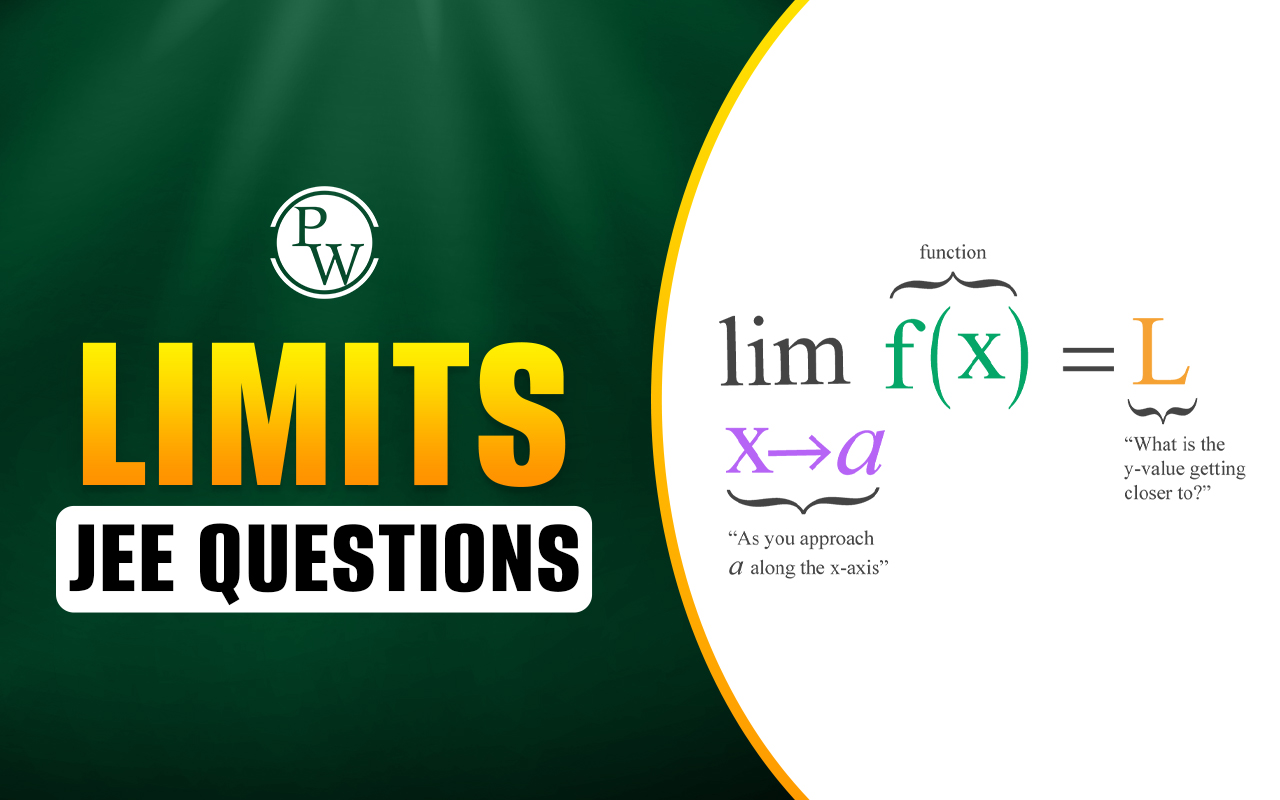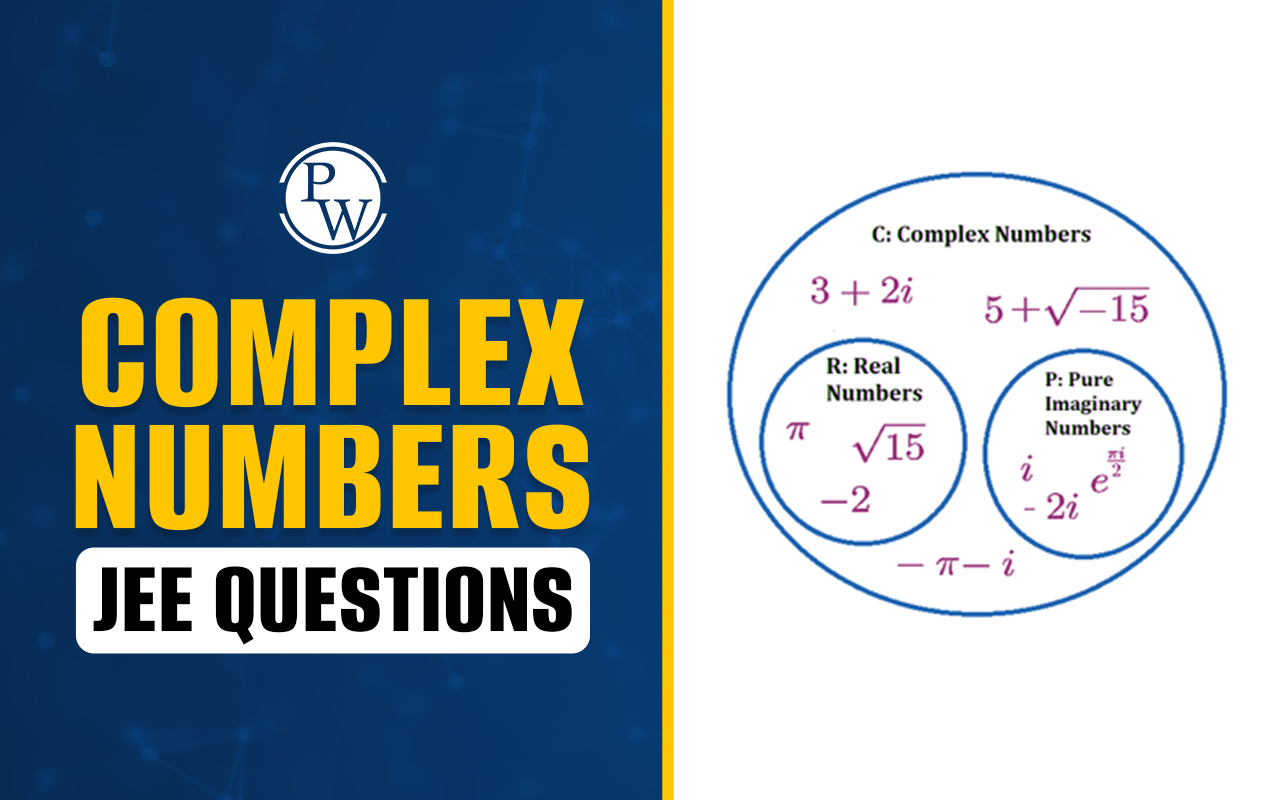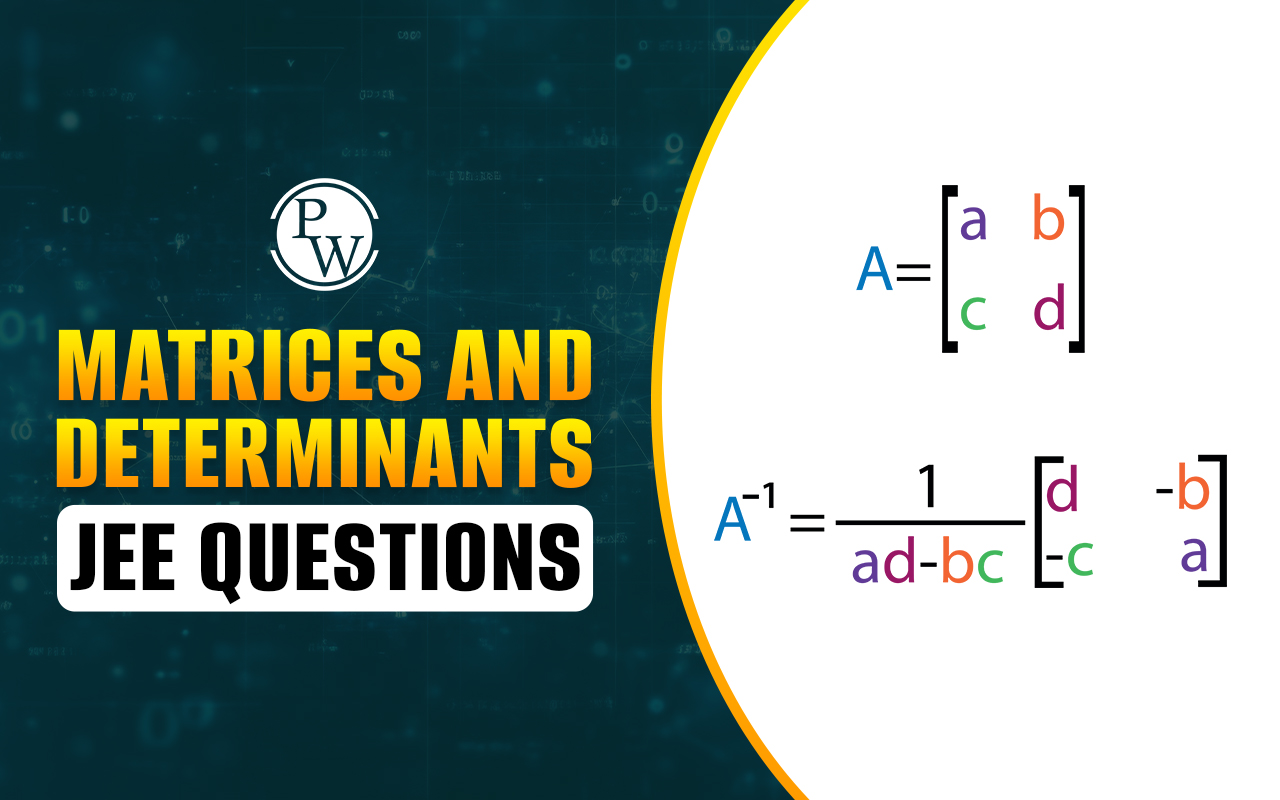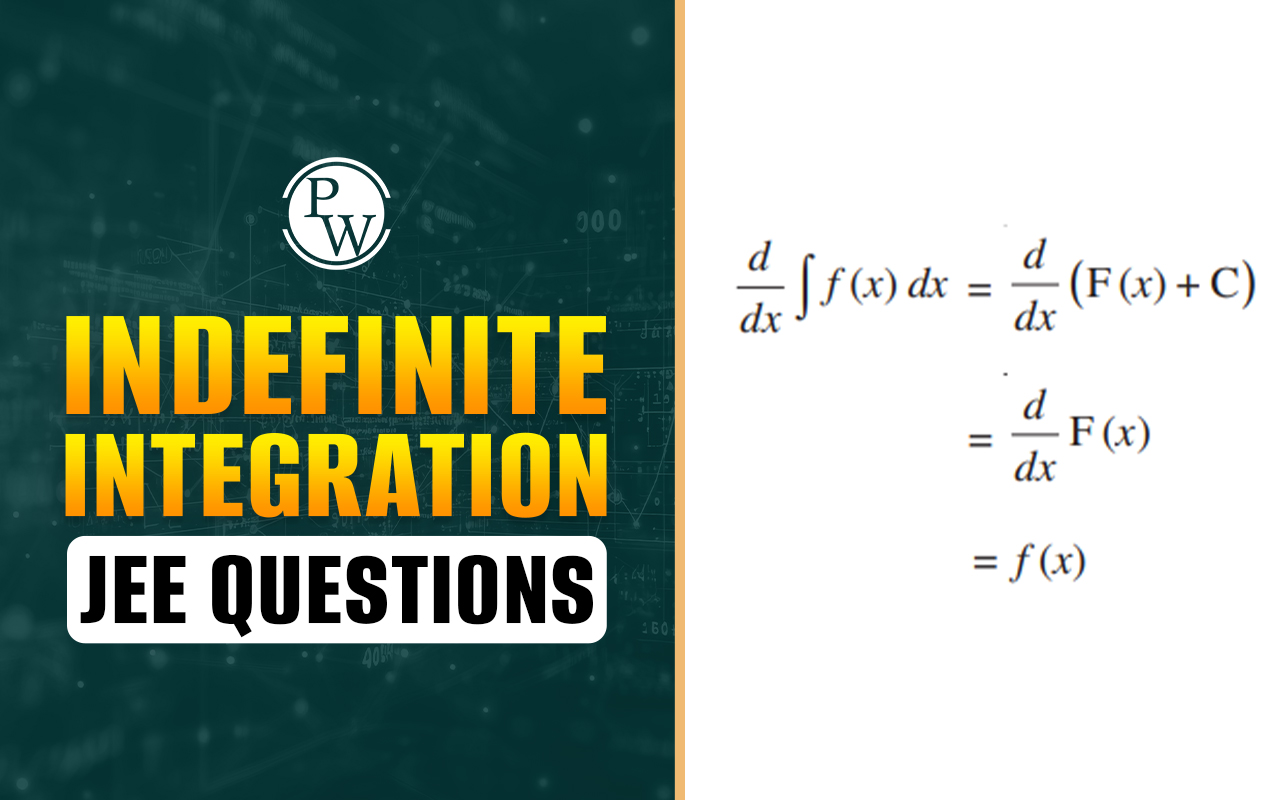
Maximum Speed On Horizontal Rough Track : We will start with a brief description on ball of mass m is suspended from a string of length L and revolves with constant speed v in a horizontal circle of radius r forms Conical Pendulum. Because the string sweeps out the surface of a cone, the system is known as a conical pendulum. The string sweeps out a cone and the ball moves in a horizontal circle.
The ball does not accelerate vertically. Therefore, we model it as a particle in equilibrium in the vertical direction. It experiences a centripetal acceleration in the horizontal direction, so it is modeled as a particle in uniform circular motion in this direction. This discussion is followed by the motion of the conical Pendulum which is a simple pendulum moving in horizontal Plane.
Maximum Speed on Horizontal Rough Track
If a vehicle is moving on a circular road which is rough and banked also, then three forces may act on the vehicle of these the first force, i.e. weight ( mg ) is fixed both in magnitude and direction. The direction of second force, i.e. normal reaction N is also fixed (perpendicular to the road) while the direction of the third force, i.e. friction f can be either inwards or outwards.
while its magnitude can be varied from zero to a maximum limit, f L = µ N . So, the magnitude of normal reaction N and direction plus magnitude of friction f are so adjusted that the resultant of the three forces mentioned above is mv 2 / r towards the center. Of these m and r are also constant. Therefore, magnitude of N and direction plus magnitude of friction mainly depend on the speed of the vehicle v . Although situation varies from problem to problem yet, we can see that.
(i) Friction f is upwards if the vehicle is at rest or v = 0. Because in this case the component of weight mg sin θ is balanced by f.
(ii)
Friction f is downwards if
v
>
(iii)
Friction f is upwards if
v
>
(iv)
Friction f is zero if
v
=
Let us now see how the force of friction and normal reaction change as speed gradually increased.
In fig. (a) When the car is at rest force of friction is upwards. We can resolve the forces in any two mutually perpendicular directions. Let us resolve them in horizontal and vertical directions.
∴
N
sin θ –
f
cos θ = 0
…. (i)
∴
N
cos θ –
f
sin θ = mg
…. (ii)
In fig. (b)
Now, the car is given a small speed
v
, so that a centripetal force
is now required in horizontal direction towards centre. So, Eq. (i) will now become,
N
sin θ –
f
cos θ =
This can occur in following three ways:
(i) N increases while f remains same.
(ii) N remains same while f decreases or
(iii) N increases and f decreases.
But only the third case is possible, i.e.
N
will increase, and f will decrease. This is because Eq. (ii),
N
cos θ +
f
sin θ =
mg
= constant still has to be valid. So, to keep
N
cos θ +
f
sin θ to be constant of friction first decrease. Becomes zero at
v
=
and
then starts acting in downward direction, so that its horizontal component
f
cos θ with
N
sin θ now provides the required centripetal force.
Conical Pendulum
Conical Pendulum : If a small particle of mass m tied to a string is whirled in a horizontal circle, as shown in Fig. The arrangement is called the ‘conical pendulum’. In case of conical pendulum, the vertical component of tension balances the weight in tangential direction, while its horizontal component provides the necessary centripetal force in radial direction (towards center). Thus,
T sin θ =
Motion of a Particle Inside a Smooth Cone
Motion of a Particle Inside a Smooth Cone : A particle of mass ‘m’ is rotating inside a smooth cone in horizontal circle of radius ‘r’ as shown in figure.
constant speed of the particle is suppose ‘ v ’. Only two forces are acting on the particle shown. directions:
(i) normal reaction N
(ii) weight mg
We have resolved these two forces in vertical tangential direction and horizontal radial direction. In vertical tangential direction, net force is zero.
Important Points Related To Centripetal force
Centripetal force (towards centre) does not act on the particle but this much force is required to the particle for rotating in a circle (as it is accelerated due to change in direction of velocity). The real forces acting on the particle provide this centripetal force or we can say that vector sum of all the forces acting on the particle is equal to mr ω 2 (in case of uniform circular motion). The real forces acting on the particle may be, friction force, weight, normal reaction, tension etc.
Max Speed on Horizontal Rough Track FAQs
Q.1: Angle of banking depends on ____________
Q.2 : What is Centripetal force?
Q.3: Write the importance of the banking of Roads?
Q.4: Why Banking is necessary for taking circular turns on road?
Q.5: What is unbanked road?













